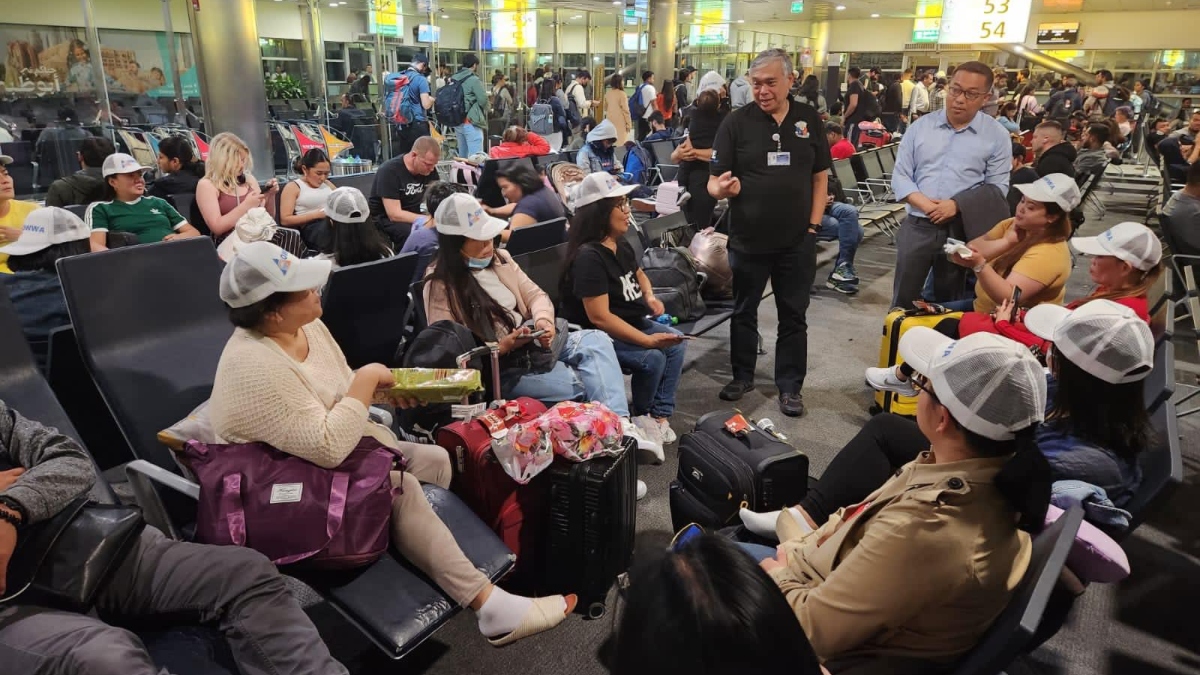Approximately half a million overseas Filipino workers (OFWs) have returned to the country since 2015, according to a recent report by the Hongkong and Shanghai Banking Corp. (HSBC). Despite this large-scale return, remittances from abroad have remained a vital source of economic growth, demonstrating resilience in the face of changing workforce dynamics.
HSBC’s report highlights the evolving landscape of Filipino labor migration, noting the gradual return of skilled OFWs. This trend aligns with the Philippines’ status as one of the fastest-growing economies in Asia over the past decade, encouraging more Filipinos to seek opportunities domestically.
The report also sheds light on the potential macroeconomic implications of the reverse migration trend. Since 2015, there has been a noticeable slowdown in remittances in US dollar terms, although their contribution to the current account receipts remains substantial. However, this trend may lead to a wider current account deficit if returning OFWs do not engage in export-related jobs within the Philippines.
Interestingly, remittances continue to play a crucial role in fueling domestic consumption, thereby supporting economic growth and bolstering the country’s economic resilience. The weakening of the peso against the US dollar has resulted in remittances growing in Philippine peso terms, maintaining a robust percentage of the gross domestic product (GDP).
The Bangko Sentral ng Pilipinas, the Philippine central bank, maintains a 3-percent growth projection for remittances in the current year, minimizing the potential impact of global conflicts, such as the Israel-Hamas conflict, on remittance inflows. Data from the BSP reveals that remittances from OFWs in Israel, which constitute a minor percentage of total remittances, have shown consistent performance.






